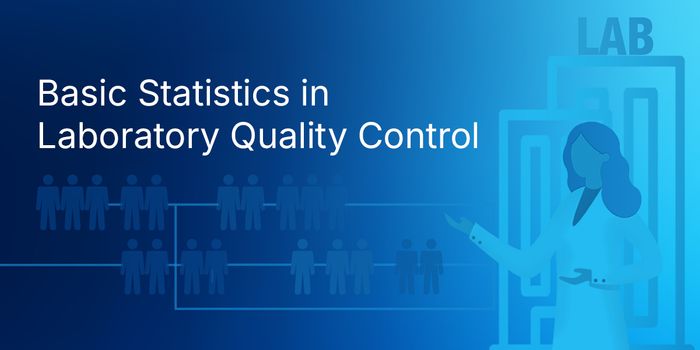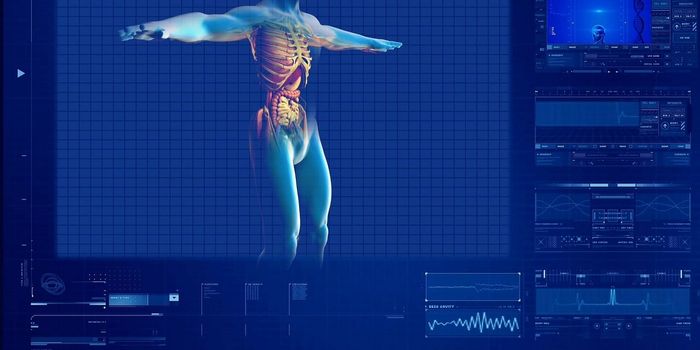Faster, Cheaper Diagnosis of Rare Cancer in Fat Cells
Scientists have created a gene panel test to quickly and more precisely diagnose common forms of liposarcoma. This breakthrough development leverages advances in genetic analyses, bioinformatics, and machine learning with the goal of enhancing patient outcomes.
"Liposarcomas are a type of malignant cancer that is difficult to diagnose because, even under a microscope, it is hard to differentiate liposarcomas from benign tumors or other types of cancer that need different treatments," said lead investigator Torsten Owen Nielsen, who added that many liposarcomas can not be easily differentiated from their benign counterparts, tissue masses called lipomas. Liposarcoma is a rare type of cancer that occurs in fat cells, often in the muscle tissue of the limbs or abdomen.
“Diagnostic delay and uncertainty cause severe stress for patients, and misdiagnosis can have many consequences including delayed or inadequate treatment or unnecessary surgical procedures and long-term postoperative follow up," explained Nielsen.
The scientists explored the use of NanoString technology for improving liposarcoma diagnosis, a platform that can analyze gene expression even with low-quality RNA from samples, cutting the cost and processing time of current gold standard tests such as immunohistochemistry and fluorescence in situ hybridization. NanoString is an amplification-free technology that measures nucleic acid content by counting molecules directly.
Using the Cancer Genome Atlas as a reference database, the researchers picked out 20 of the most common genes with elevated expression in liposarcomas. These were used to create specific probes which were used to screen training samples of both lipomas and liposarcomas on the NanoString platform. Machine learning algorithms were used to compute the statistical chances that a given sample was a liposarcoma based on the data collected.
The research team demonstrated that the NanoString assay had a 93 percent success rate, with results matching those from standard tests 97.8 percent of the time. The NanoString test outperformed standard tests in terms of speed and cost, taking only 36 hours (compared to the standard two weeks) and costing around US$270.
"We applied these new technologies to improve patient care in areas where existing diagnostic methods were inaccurate, slow, or costly and saw substantial improvements. There is no patent on this test; anyone can apply the method we describe, and we are happy to help others get set up to run it at their own institution," commented Nielsen.
Sources: Journal of Molecular Diagnostics, EurekAlert.









